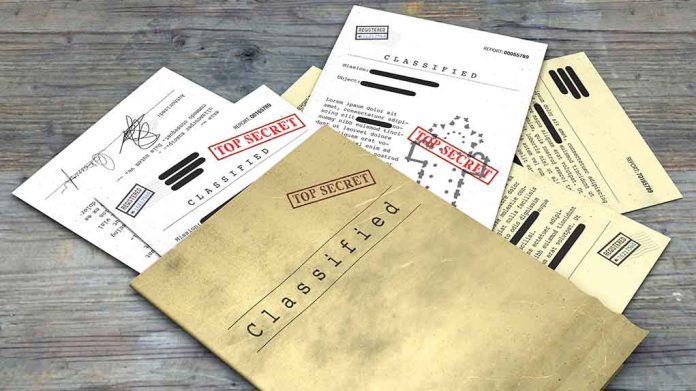
Newly declassified CIA documents reveal American intelligence agents hunted for Adolf Hitler in South America for a decade after his reported suicide in Berlin, raising questions about one of history’s most notorious escapes that never was.
Top Takeaways
- CIA documents show agents searched for Hitler in South America for 10 years after his presumed death, despite evidence of his suicide in Berlin
- Nazi sympathizers in Argentina created a potential Hitler hideout at a spa hotel in La Falda, owned by known supporters
- A 1955 report claimed Hitler was living in Colombia under the alias “Adolf Schrittelmayor,” prompting investigation before the case was abandoned
- An estimated 10,000 Nazi war criminals escaped to Latin America through “ratlines,” with Argentina being a primary destination
- Argentina plans to declassify files on Nazi fugitives, potentially revealing new information about their escape networks and protectors
Hitler’s Death and the Birth of Conspiracy
According to the historical record, Adolf Hitler and Eva Braun committed suicide on April 30, 1945, in a Berlin bunker as Allied forces closed in on the Nazi capital. Their bodies were partially burned and later discovered by Soviet soldiers. Despite an autopsy report confirming Hitler’s death, theories suggesting his escape began circulating almost immediately after World War II ended. These theories gained traction as thousands of Nazi officials and collaborators successfully fled Europe using elaborate escape networks known as “ratlines” to reach safe havens in South America, particularly Argentina.
CIA files now reveal that American intelligence took these possibilities seriously enough to continue investigating Hitler’s possible survival for a decade after the war. A declassified 1945 document identified a potential hideout for Hitler at a spa hotel in La Falda, Argentina, owned by ardent Nazi supporters Ida and Walter Eichhorn. According to the files, “if Hitler should at any time get into difficulty wherein it was necessary for him to find a safe retreat, he would find such safe retreat at her hotel,” suggesting the dictator may have planned this escape route well in advance.
CIA files reveal search for Hitler in South America 10 years after his suicide as Argentina prepares to release classified docs on Nazi fugitives https://t.co/MFWqpGfIqC pic.twitter.com/Ek2vNBCMxC
— New York Post (@nypost) April 9, 2025
The Colombian Hitler Connection
Perhaps the most intriguing lead came a decade after Hitler’s reported death. A 1955 CIA document details information from a former Nazi SS soldier named Phillip Citroen, who claimed to have met Hitler in Colombia, where the fugitive was allegedly living under the alias “Adolf Schrittelmayor.” The report included a photograph purportedly showing Citroen sitting next to a Hitler lookalike. The informant noted that “in as much as ten years have passed since the end of World War II, the Allies could no longer prosecute Hitler as a criminal of war.”
While the CIA initially considered pursuing this lead, the agency ultimately determined that “enormous efforts could be expended on this matter with remote possibilities of establishing anything concrete. Therefore, we suggest that this matter be dropped.” No further documents indicate continued investigation after 1955, effectively closing the decade-long search for the Nazi leader in South America. Historical consensus maintains that Hitler died in Berlin as originally reported.
Argentina’s Nazi Haven and Coming Revelations
While Hitler’s escape remains a conspiracy theory, the flight of thousands of Nazi criminals to Argentina is a well-documented historical fact. An estimated 10,000 Nazis and fascist war criminals fled to Latin America, with Argentina serving as the primary destination due to sympathetic leadership under Juan Perón. Among the notorious fugitives were Adolf Eichmann, architect of the Holocaust, who was captured in Buenos Aires in 1960 by Israeli agents, and Josef Mengele, the “Angel of Death” known for his gruesome experiments at Auschwitz, who evaded justice until his death in Brazil in 1979.
The upcoming declassification of Argentinian files on Nazi fugitives promises to shed new light on this dark chapter. These documents are expected to detail financial transactions, property acquisitions, and the extensive network that helped war criminals escape justice and establish new lives. The records may identify Argentinian collaborators who provided protection, false identities, and financial support to these fugitives. While Hitler himself almost certainly did not escape to South America, the revelation of how thousands of his followers did manage to evade justice remains a sobering reminder of history’s loose ends.






















